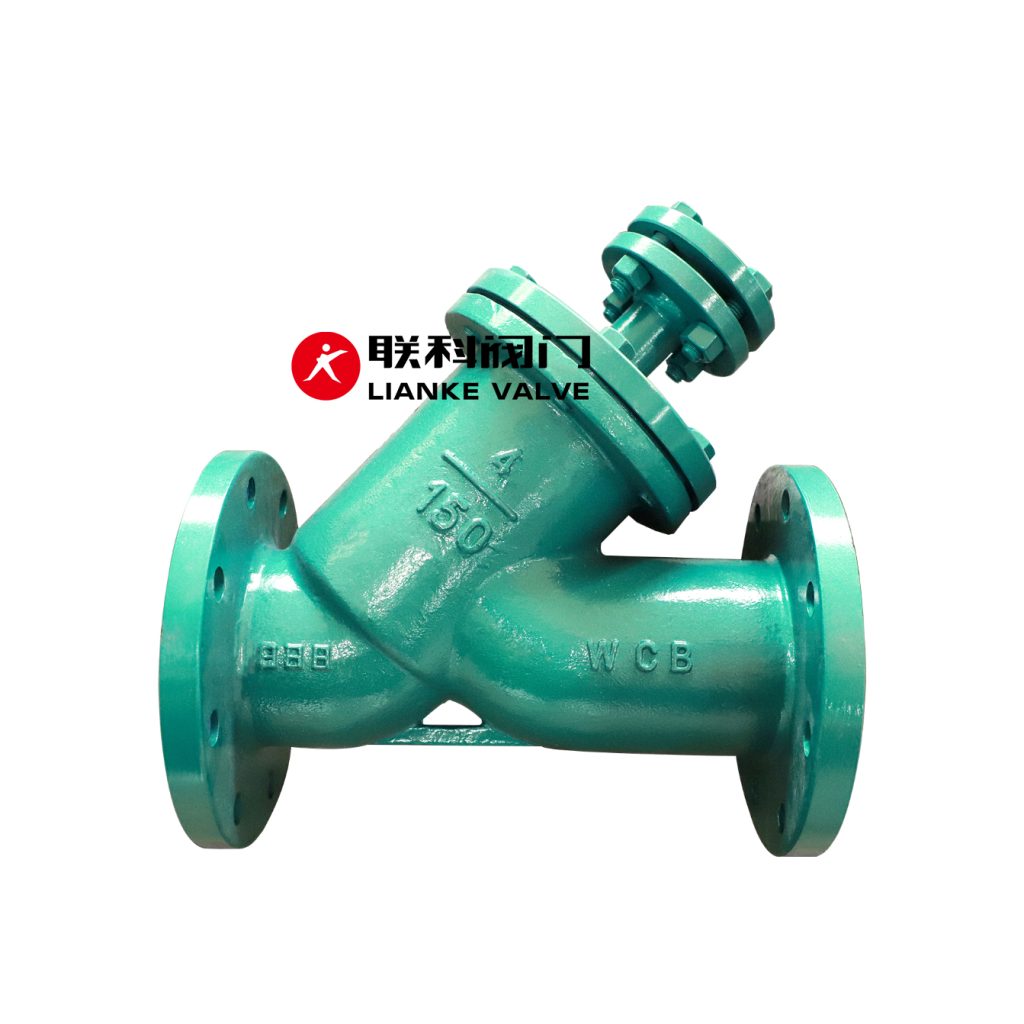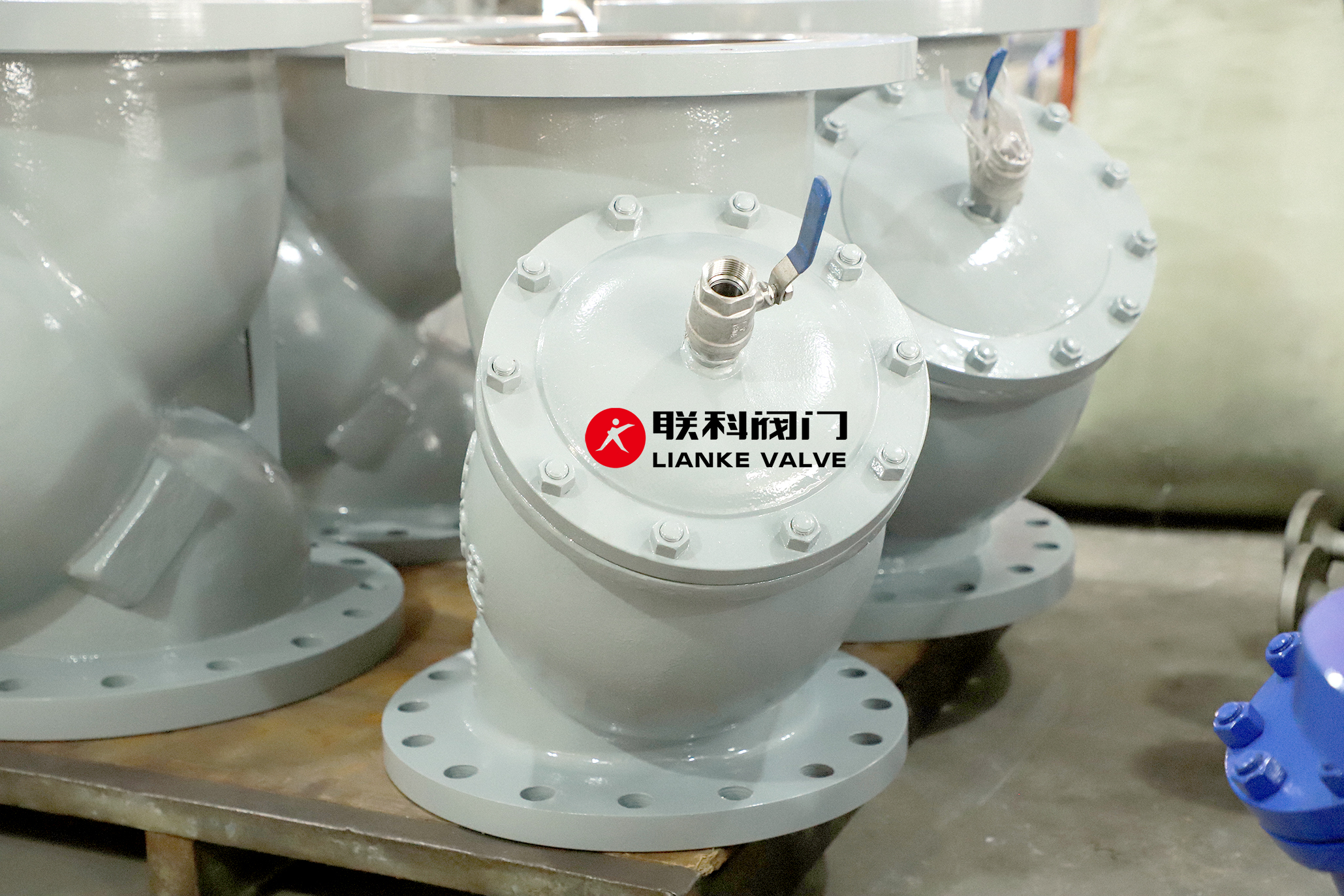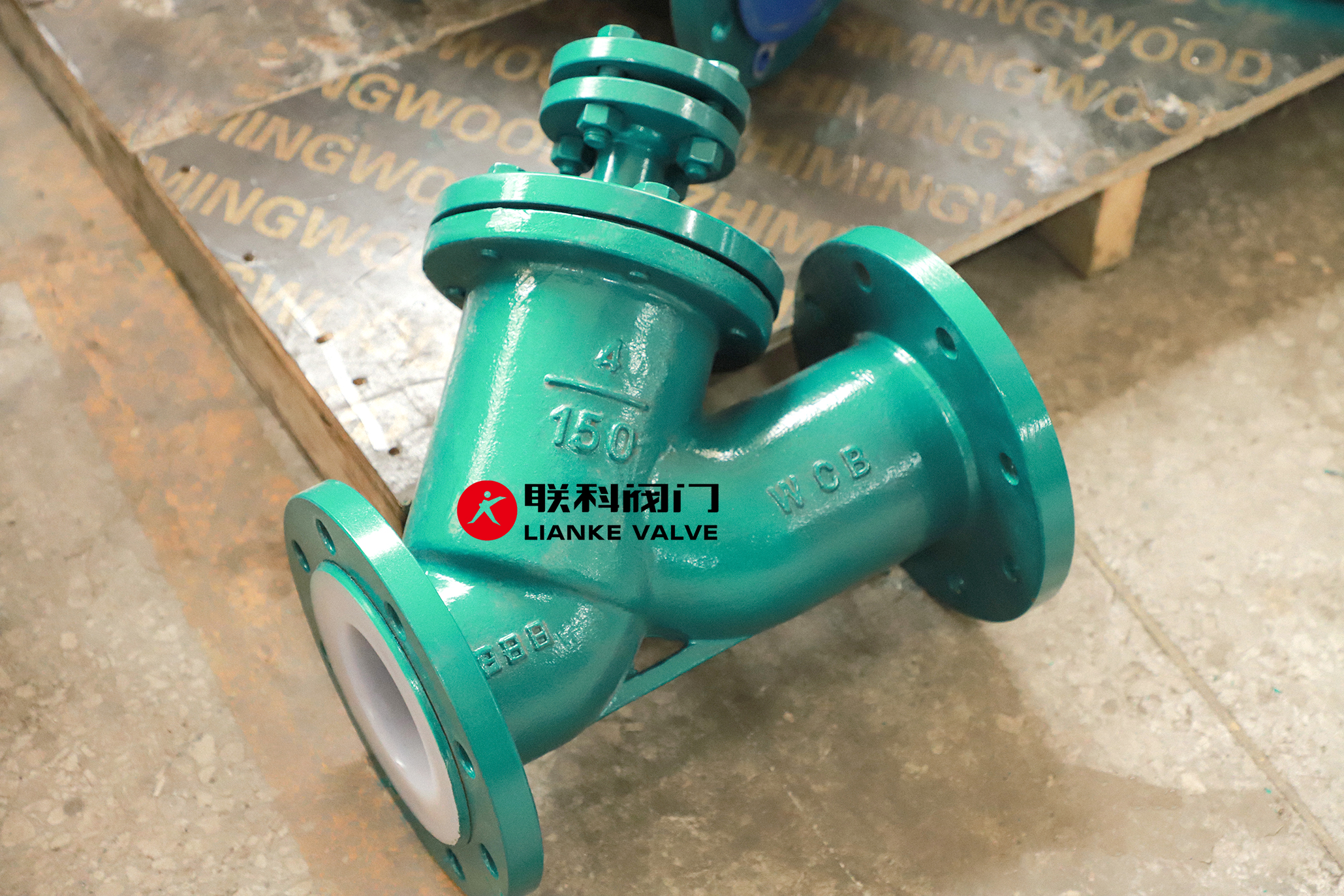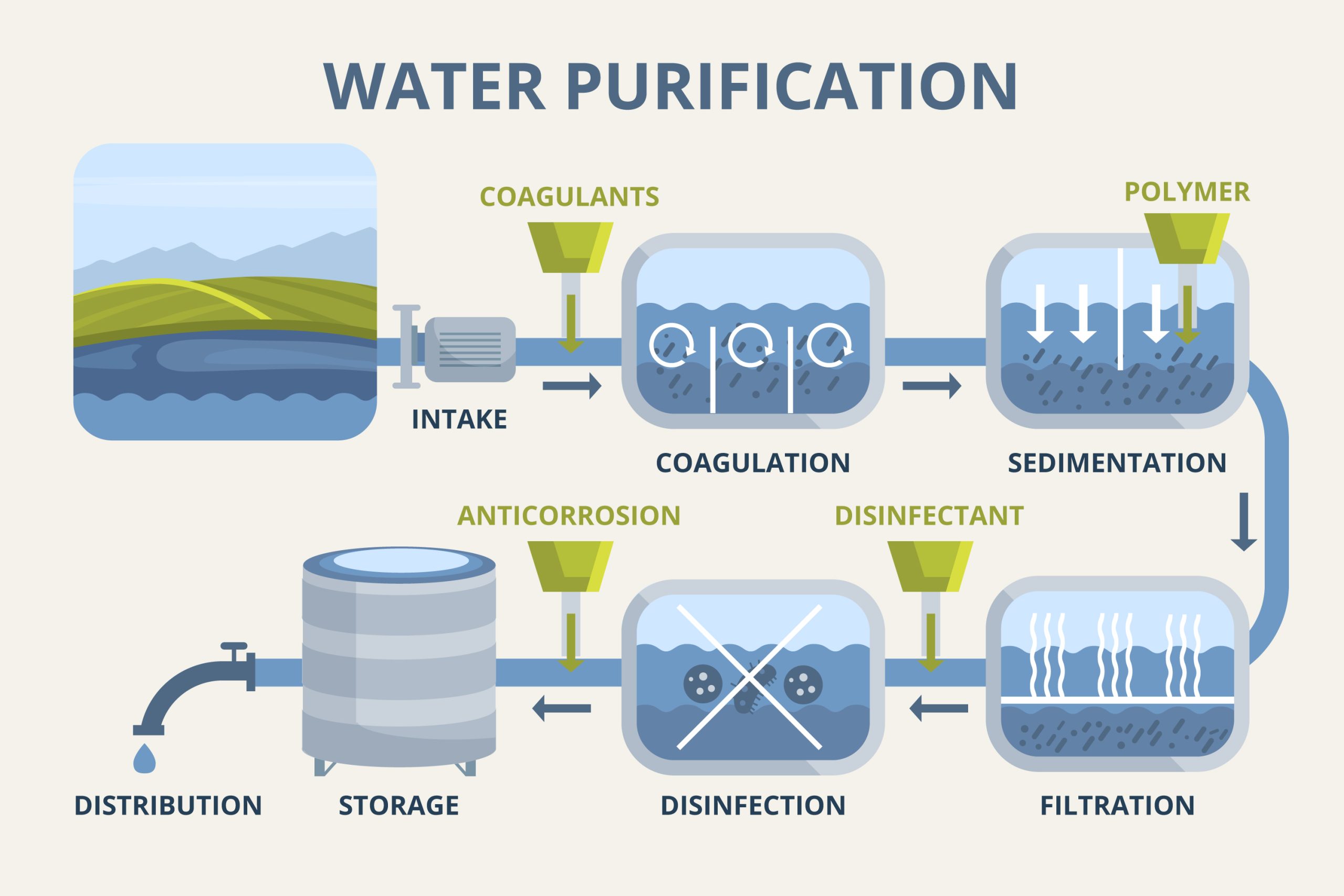


To choose the right wye strainer, you need to understand mesh and screen size. These determine what particles your system can filter out. The finer the mesh, the smaller the particles it catches. This guide explains how to select the correct strainer mesh size, use a mesh size chart, and compare mesh size vs micron for precise filtration.
A wye strainer is a device used in piping systems to filter out debris and protect equipment. It’s shaped like a “Y,” allowing for continuous flow while capturing particles in the mesh or screen. The strainer mesh size determines the size of the particles the strainer will block.
Mesh size is the number of holes in one inch of screen. A 10 mesh has 10 holes per inch; a 100 mesh has 100. More holes mean smaller gaps and finer filtration.
This number is crucial when evaluating your application’s strainer screen mesh size.
A micron is one millionth of a meter. It is a precise measurement used to describe particle size and filtration capability. When comparing mesh size vs. micron, note that:
While they both describe filtration levels, a micron is more precise.
These two units measure the same concept but from different perspectives. Micron tells you the size of the particles, while mesh tells you the number of openings in a given area. Here is a simplified comparison:
| Mesh Size | Micron Equivalent (Approximate) |
| 10 | 2000 µm |
| 40 | 400 µm |
| 100 | 150 µm |
| 400 | 37 µm |
For more detail, check a mesh sizing table when selecting your strainer.
Choosing the right strainer mesh depends on your system’s application:
Consider what type of particles you want to catch and how much flow restriction your system can handle.
Mesh size isn’t a one-size-fits-all solution. Here are the main factors that influence your choice:
Viscous or thick fluids, such as oils or slurries, generally require a coarser strainer mesh to prevent clogging and maintain efficient flow. A lower mesh size like 20 or 40 may be ideal for such applications.
The mesh size or micron rating should be chosen based on the smallest particles you want to filter out. For example, to remove particles as small as 100 microns, you may need a 150-mesh screen.
High-flow systems benefit from coarser screens (e.g., 40 mesh), while finer meshes (e.g., 200 mesh) may be suitable for low-pressure applications. Finer strainer screen mesh sizes can restrict flow and increase pressure drop, so balancing filtration efficiency with performance is key.
Mesh is often made of stainless steel, brass, or plastic. Thicker wire used in stainless steel mesh affects the mesh size vs. micron relationship. A 100 mesh stainless screen may have smaller openings than a 100 mesh nylon one due to wire thickness differences.
Use a micron-based filter when filtration precision is essential, especially in systems that need to remove particles smaller than 100 microns. Applications like pharmaceutical production, semiconductor manufacturing, and food processing often demand high-accuracy filters.
Micron-based sizing provides more consistent and exact filtration compared to mesh ratings that can vary based on material thickness. For example, a 75-micron-rated filter guarantees particle removal at 75 microns or larger, whereas a 200 mesh screen might have slight inconsistencies depending on construction.
Use micron filters when clarity, purity, or contamination control is critical. Always consult a mesh size vs. micron conversion chart to match your filtration target to the most effective specification.
Understanding how mesh and micron sizes work helps you select the best strainer for your system. Use the right mesh size chart and know your strainer mesh size needs to reduce system wear, protect equipment, and improve efficiency.
At صمام ليانكي, we offer durable, performance-tested wye strainers that meet a wide range of industrial needs. Get the right mesh size for your system fast. Our team can help you choose the best option for your setup. Browse our wye strainer options or contact us for expert guidance today.

ANSI Class Ratings for Y strainer flanges tell you how much pressure and temperature the flange can handle. These ratings help you choose the right flange material and design to keep your piping system safe and efficient. If you’re installing or replacing a Y strainer in a pipeline, understanding ANSI ratings isn’t optional—it’s essential. Choosing […]

To choose the right wye strainer, you need to understand mesh and screen size. These determine what particles your system can filter out. The finer the mesh, the smaller the particles it catches. This guide explains how to select the correct strainer mesh size, use a mesh size chart, and compare mesh size vs micron […]

When choosing a filter or strainer for your system, micron ratings tell you how small the particles are that your filter can catch. In simple terms, the smaller the micron rating, the finer the filter. Whether you’re in water treatment, chemical processing, or any industry that relies on micron filtration, knowing the right micron size […]

Municipal water doesn’t just show up clean at the tap—it’s the result of a carefully managed process. The liquid filtration process for municipal water treatment plants is the backbone of safe, clean drinking water. From removing dirt and debris to eliminating harmful pathogens, each step in this system ensures water meets strict safety standards. In […]



